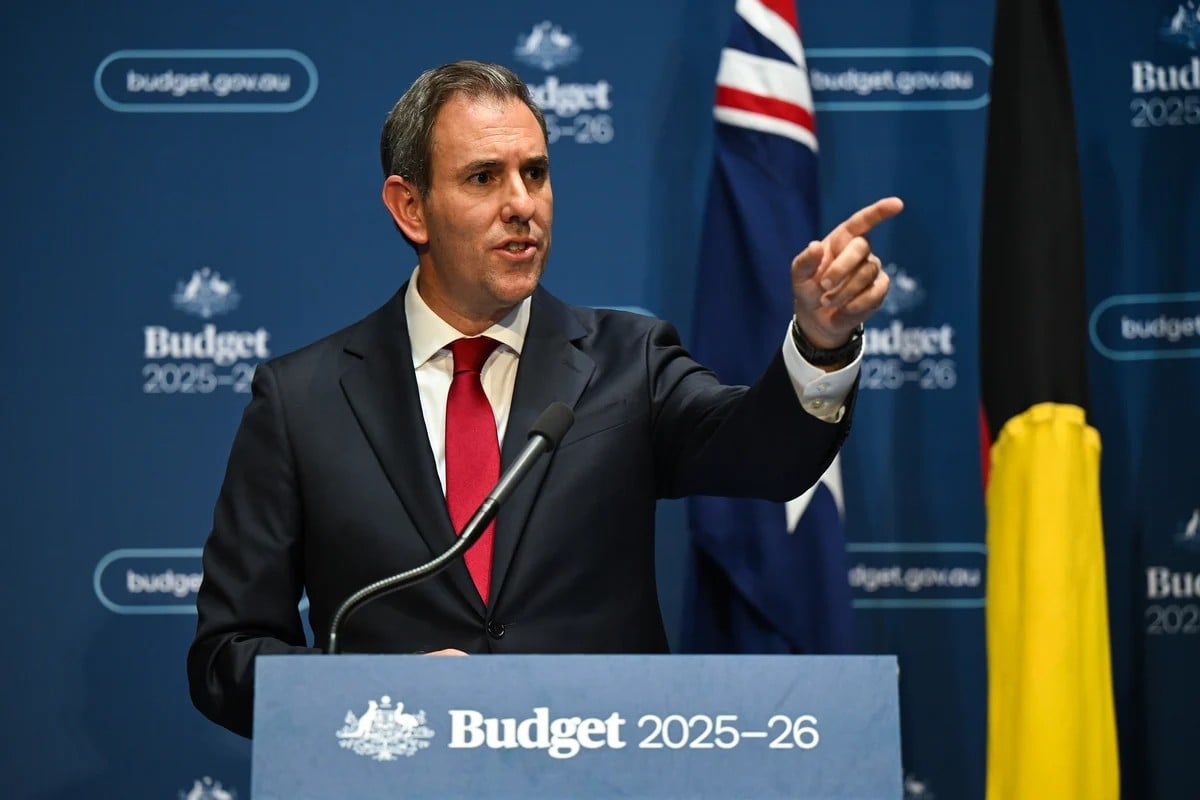
Cost of living. It's all we seem to be talking about lately. I mean, even a quick dash to Woolies for "a few things" somehow leaves you $60 poorer these days.
We're all feeling the squeeze. Women have been telling Mamamia what they're actually going without during this cost of living crisis, from medications to basic necessities. And thankfully, the government seems to have noticed.
Treasurer Jim Chalmers handed down the Federal Budget today, promising "meaningful" but responsible relief. But here's what we're all wondering — will it actually make a difference to our everyday lives?
When politicians start talking about 'fiscal responsibility' and 'economic frameworks', it's tempting to zone out. But stay with me, because buried in the budget jargon are actual dollars that could find their way into your bank account.
So let's cut through the political waffle and break down exactly where you might see some relief from this year's budget.
Listen to The Quicky discuss the government's budget proposal. Post continues below.
Here's your TL;DR.
The key measures you'll likely care about:
Childcare: A guaranteed eligibility for at least three days a week of subsidised childcare.
Medicare boost: $7.9 billion has been committed to making nine out of 10 GP visits bulk billed by 2030.
Energy relief: $150 will be wiped from your energy bill through to December.
Tax cuts: A "modest" tax cut for all taxpayers in 2026-27 and 2027-28, with a worker earning an average of $79,000 a year to pocket $5.15 extra a week – and $10.30 in 2027-2028.
What the federal budget actually means for you.
The bottom line.
After delivering back-to-back surpluses, the government has been preparing us for things to swing the other way.





























































































